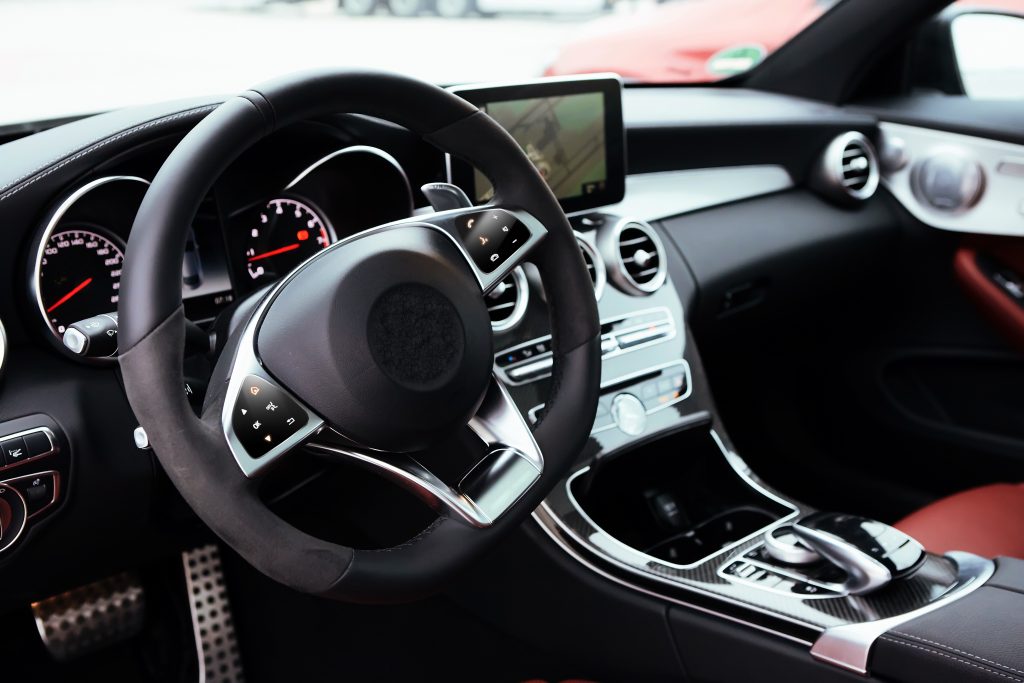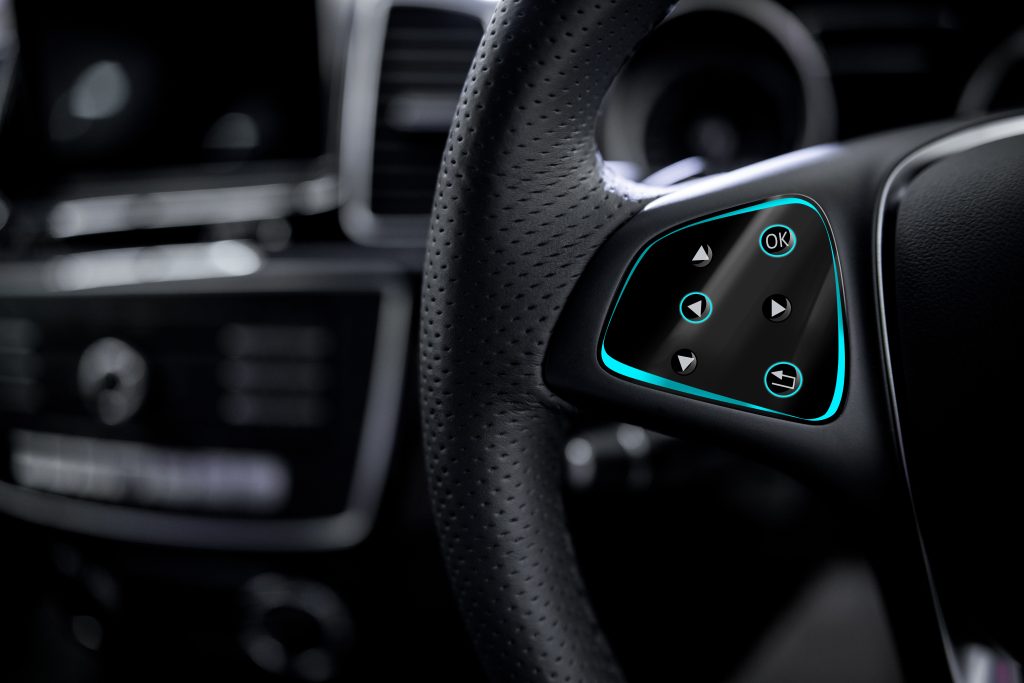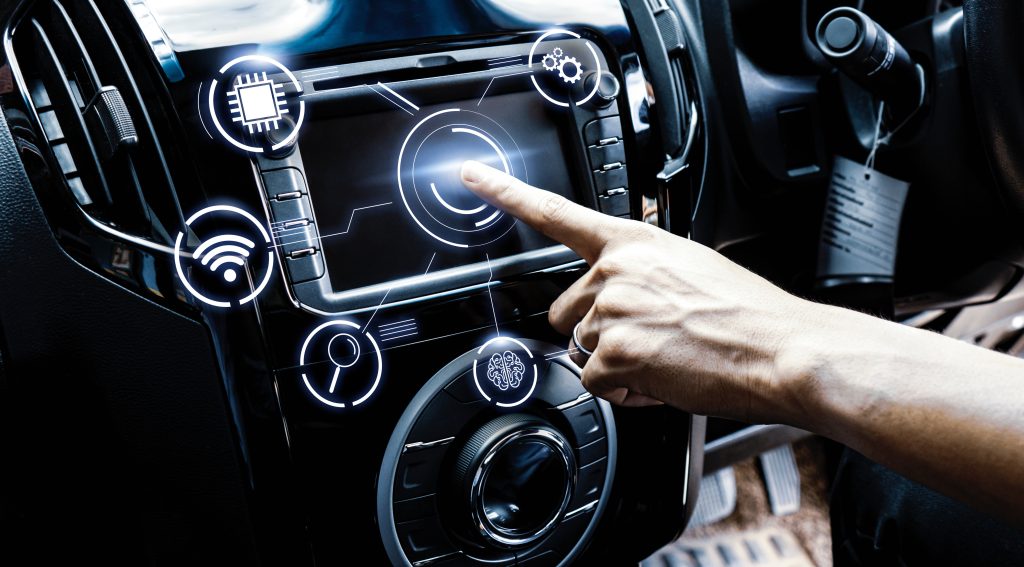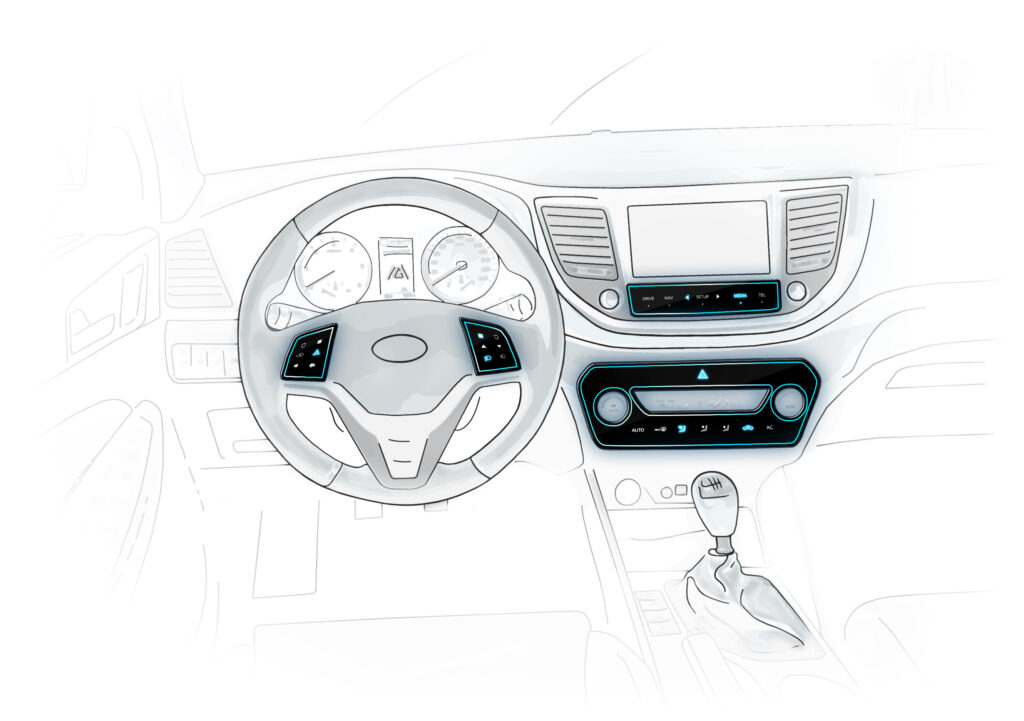We have been witnessing the evolution of cars in both design and performance for generations. Step by step, thanks to visionaries and engineering geniuses, this progress has led to the cars speeding along our roads today.
One of the challenges of today’s designers is to create increasingly extreme and modern HMIs (dashboards and cockpits). This should be combined with the continuity of design necessary to perceive the innovations as a natural evolution of the style and brand of the car.
Touch technology is definitely the trend of the near future in terms of user interfaces; it has essential technical and aesthetic advantages, even if some troubles may arise in its different implementations. It is indeed important not to confuse the touch technology used for keyboards, buttons and replaces the old mechanical keys with touch screens.
In recent years, in the automotive industry, simultaneously with the technological innovation of smartphones and tablets, there has been an advent of large touch displays inside the cars.
Aiming to update the driver with information on traffic conditions, weather, hazard warnings, and email and message notifications, touch screens have increasingly taken over the car dashboard.
Also recent is the arrival At the same time, major players in the industry such as Android and Apple have designed systems that adapt to car screens, reproducing the features of smartphones to all intents and purposes.

According to a study conducted by the University of Utah, the infotainment systems introduced inside the cars are far from safe and indeed, would greatly increase the possibility of the driver being distracted. Professor David L. Strayer, who led this research, noted that many of the infotainment features are so distracting that they shouldn’t be enabled while people are driving.
“This is troublesome because motorists may assume that features that are enabled when they are driving are safe and easy to use”, said Strayer.
Both the use of touchscreen technology and of voice-based features lead drivers to be distracted by both taking their eyes off the road and their hands off the steering wheel, taking extremely dangerous periods of time.
The study shows that drivers need a technology that is safe and easy to use, but many of the features included in-car infotainment systems are currently too complex to use while driving and, at times, the user experience is frustrating for drivers. The frustration caused by an unsatisfactory use of these systems generates a greater cognitive effort on the part of the driver and therefore a potential increase in driving distraction.
A possible solution could be a system that does not affect drivers ’visual, cognitive and manual attention . The design of touch buttons on the steering wheel and on the dashboard that vibrate in response to the driver’s commands could prove to be an intuitive and non-distracting way to carry out the same operations envisaged by the infotainment.
Furthermore, superficial finger guides can be created on the same buttons , thus allowing the driver to detect the commands without looking at the keyboard.

Overall, the need to develop HMIs with attractive, modern and safe designs is a problem that touch technology combined with decorated glass can solve.
Glass is a noble and sustainable material that increases the design level of the product in which it is integrated. With appropriate precautions, it is extremely safe and robust even for demanding industries such as the automotive industry.
The combination of touch technology with glass is a very strong technical and aesthetic mix with the ability to innovate the automotive HMI sector ensuring safety on all fronts.
The ability to customize the glass decoration with digital and industrial methods is a fundamental element that responds to the need of car manufacturers to innovate their design in line with their brand.

èlevit is an innovative start-up that has developed highly reliable and fully customizable glass keyboards and touch buttons. These products can be integrated into vehicles, responding to the need of drivers to avoid distractions. At the same time they èlevit integrates in its products all the useful functions provided by new technologies and keeps the design factor high as required by car manufacturers.
For these reasons, èlevit is the perfect partner to develop innovative HMI products also in the automotive industry.


